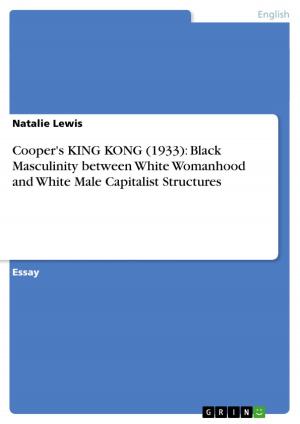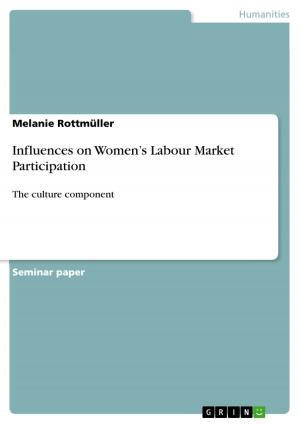To what extent has Barcelona become a model of urban transformation for other cities in Europe and even globally and why might this be the case?
Business & Finance, Economics| Author: | Johannes Weber | ISBN: | 9783638622943 |
| Publisher: | GRIN Publishing | Publication: | March 8, 2007 |
| Imprint: | GRIN Publishing | Language: | English |
| Author: | Johannes Weber |
| ISBN: | 9783638622943 |
| Publisher: | GRIN Publishing |
| Publication: | March 8, 2007 |
| Imprint: | GRIN Publishing |
| Language: | English |
Seminar paper from the year 2005 in the subject Geography / Earth Science - Economic Geography, grade: 1,0, University of Hull, 19 entries in the bibliography, language: English, abstract: With increased globalisation in the last years, more and more old cities get deindustrialized whereas so called Eurocities are growing to urban centres of importance. Several impacts on those cities like economical and social changes make them special centres for the particular country and provide them with a functional primacy in comparison to other national and international cities. Hence, it is not just terms like population and growth that make cities become big but also other reasons that act as basis for urban transformation processes which are worth indicating in this work. However, and very important for analysing a metropolis, is the fact that increasing globalisation led to an enlargement of the cruising range of a city towards the developing hinterlands as the 'globalization has had dramatic effects on the working of urban systems' (Cochrane and Jonas, 1999, 145). This work will focus on the Mediteranean city of Barcelona, the centre of the industrialization and both political and social developmenst in contemporary Spain. To what extent the city can be seen as a model for urban transformation and to what extent the enormous costs for developing an efficient urban infrastructure in conjunction with growing shortages of available budgets (McCarthy & Danta, 2003) apply to it will be discussed in the following chapters. Hence, Barcelona will be classified in the global structure of world cities in the next chapter before the four main dimensions of change will be illustrated and discussed in part three of this work. Finally, the whole transformation of the city will be evaluated including some major benefts but also present and future challenges Barcelona is confronted with.
Seminar paper from the year 2005 in the subject Geography / Earth Science - Economic Geography, grade: 1,0, University of Hull, 19 entries in the bibliography, language: English, abstract: With increased globalisation in the last years, more and more old cities get deindustrialized whereas so called Eurocities are growing to urban centres of importance. Several impacts on those cities like economical and social changes make them special centres for the particular country and provide them with a functional primacy in comparison to other national and international cities. Hence, it is not just terms like population and growth that make cities become big but also other reasons that act as basis for urban transformation processes which are worth indicating in this work. However, and very important for analysing a metropolis, is the fact that increasing globalisation led to an enlargement of the cruising range of a city towards the developing hinterlands as the 'globalization has had dramatic effects on the working of urban systems' (Cochrane and Jonas, 1999, 145). This work will focus on the Mediteranean city of Barcelona, the centre of the industrialization and both political and social developmenst in contemporary Spain. To what extent the city can be seen as a model for urban transformation and to what extent the enormous costs for developing an efficient urban infrastructure in conjunction with growing shortages of available budgets (McCarthy & Danta, 2003) apply to it will be discussed in the following chapters. Hence, Barcelona will be classified in the global structure of world cities in the next chapter before the four main dimensions of change will be illustrated and discussed in part three of this work. Finally, the whole transformation of the city will be evaluated including some major benefts but also present and future challenges Barcelona is confronted with.















